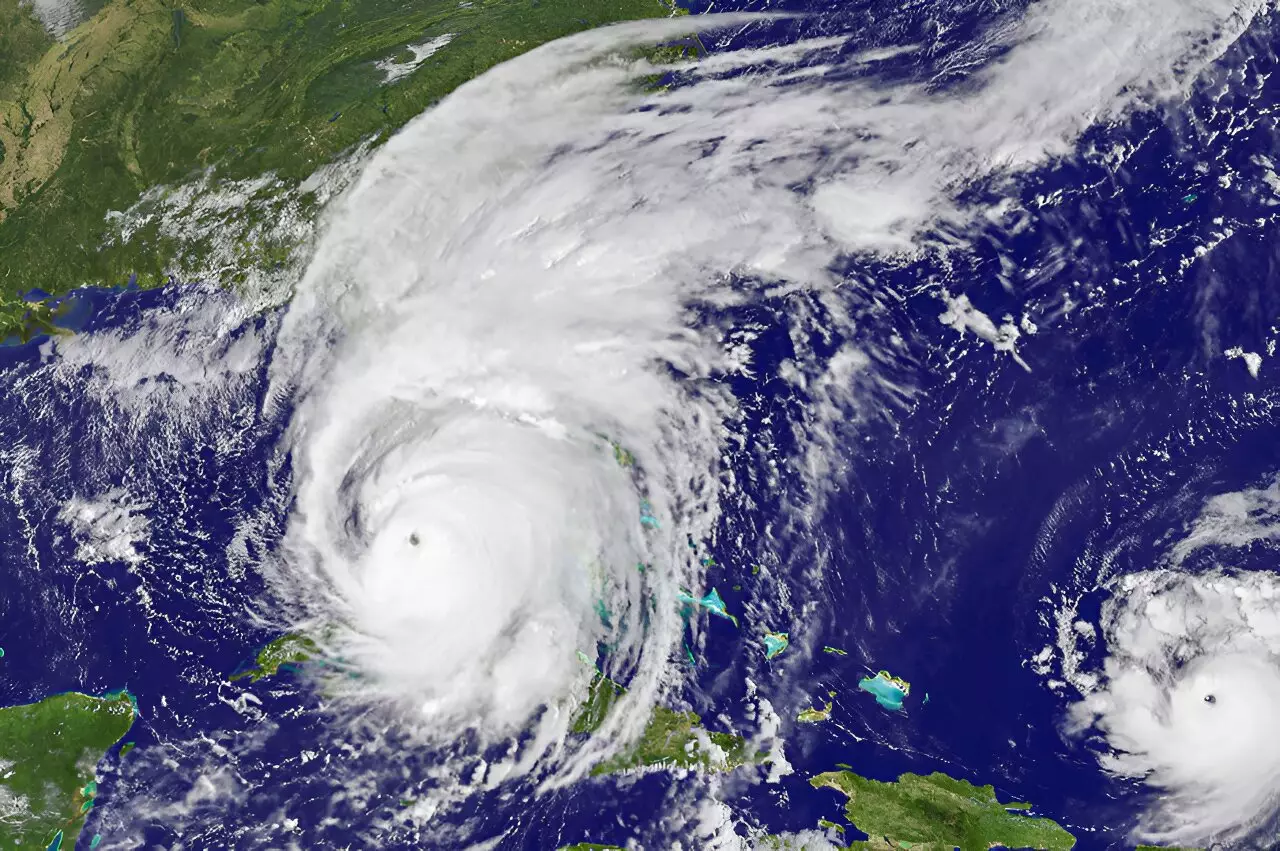On September 10, 2017, Hurricane Irma unleashed its fury on Miami-Dade County, inflicting irreversible damage to infrastructure and the environment alike. Over 600 cellphone towers were rendered inoperative, pushing communication to the brink of collapse, while nearly 900,000 Florida Power and Light customers experienced prolonged power outages. Areas such as Coconut Grove and Matheson Hammock Park witnessed unprecedented flooding, with water levels reaching six feet in some regions. As agricultural sectors reeled from estimated damages amounting to $245 million, the immediate focus was on recovery. However, a less visible but equally alarming consequence of the hurricane began to unravel— a surge in mosquito populations, which threatened to complicate recovery efforts with the potential for increased vector-borne diseases.
A study conducted by Imelda Moise, a health geographer at the University of Miami, provides critical insights into this phenomenon. Moise observed that Hurricane Irma’s aftermath created the ideal conditions for mosquitoes to breed. Warmer temperatures, heightened humidity, and nutrient-rich floodwaters combined to facilitate a boom in mosquito populations. The research, published in the journal Scientific Reports, compared the abundance and distribution of mosquitoes during the year of Irma’s impact with data from the preceding and succeeding years. Surprisingly, during the four weeks following the hurricane, the number of mosquitoes trapped was 7.3 to 8 times higher than in the same time frame the previous and following years.
The study didn’t just highlight an overall increase in mosquito populations; it also examined species composition within this burgeoning population. Among the 32 species captured, Culex nigripalpus was found to be the predominant species, making up over 70% of the specimens. This medium-sized, dark brown mosquito isn’t just a nuisance; it is a significant vector for diseases in Florida, thriving especially during the summer and early fall. The implications of this finding underscore a rising risk of concerning diseases such as West Nile virus, Zika, and Saint Louis encephalitis, particularly in the densely populated neighborhoods of Miami-Dade, which were found to be the most vulnerable to these outbreaks post-hurricane.
What becomes apparent through Moise’s investigation is a stark contrast to the prevailing belief that heavy rains would effectively eliminate breeding sites for mosquitoes. Initially, it was assumed that floodwaters would flush out existing mosquito populations. However, Moise and her team found that populations rebounded alarmingly quickly—within just a week post-storm. This evidence suggests a need for reevaluation of public health responses following such disasters.
The findings of this study are particularly relevant as Florida grapples with the threats associated with hurricanes. As another storm looms on the horizon, communities are urged to become more vigilant. “Our research serves as an imperative for residents in hurricane-affected areas,” emphasized Moise. The dual threat posed by nuisance mosquitoes and those capable of transmitting diseases cannot be overlooked, particularly in light of past post-hurricane spikes in mosquito populations seen in locales like New Orleans after Hurricane Katrina and Puerto Rico after Hurricane Maria.
Moise’s study is groundbreaking as it is the first to closely analyze the before-and-after effects of a hurricane on mosquito demographics in Miami-Dade. Furthermore, Moise’s own experiences with mosquito-borne diseases in her native Zambia fueled her passion for this research. She also stresses the importance of investigating social determinants of health, as communities in high-density areas emerged as particular hotspots for mosquito outbreaks.
Looking forward, Moise aims to conduct further research into the connections between hurricane impacts and vector-borne disease patterns in coastal cities. “To effectively mitigate and prevent future outbreaks, we need the data and the understanding,” she asserts. The need for comprehensive research is further amplified by the rising frequency of hurricanes and extreme weather events linked to climate change, which only promises to exacerbate these public health risks.
While hurricanes undoubtedly leave a wake of destruction, the often-overlooked aftermath—increased mosquito populations and the associated rise in vector-borne diseases—must be integrated into recovery planning and public health strategies. As communities rebuild, awareness and proactive measures against these vectors will be crucial to safeguarding public health in a changing climate.

